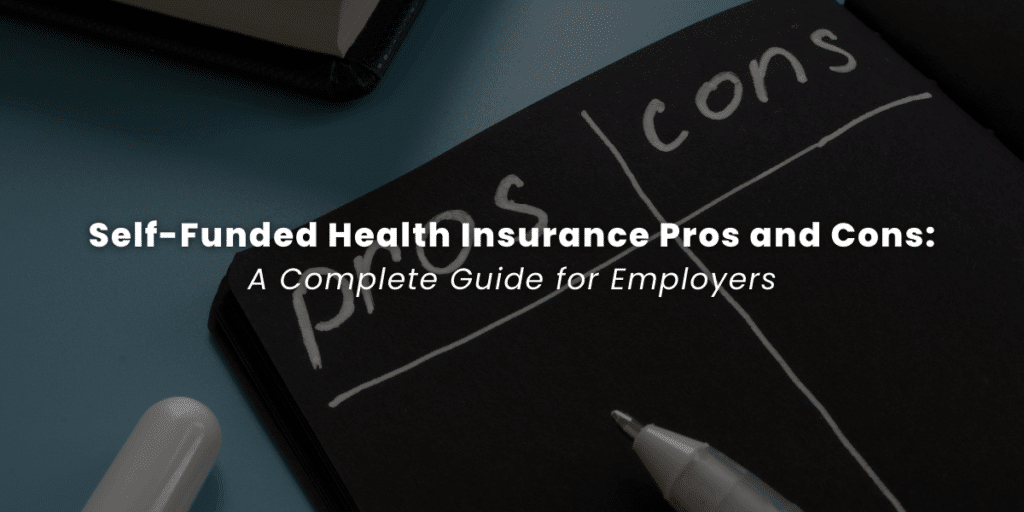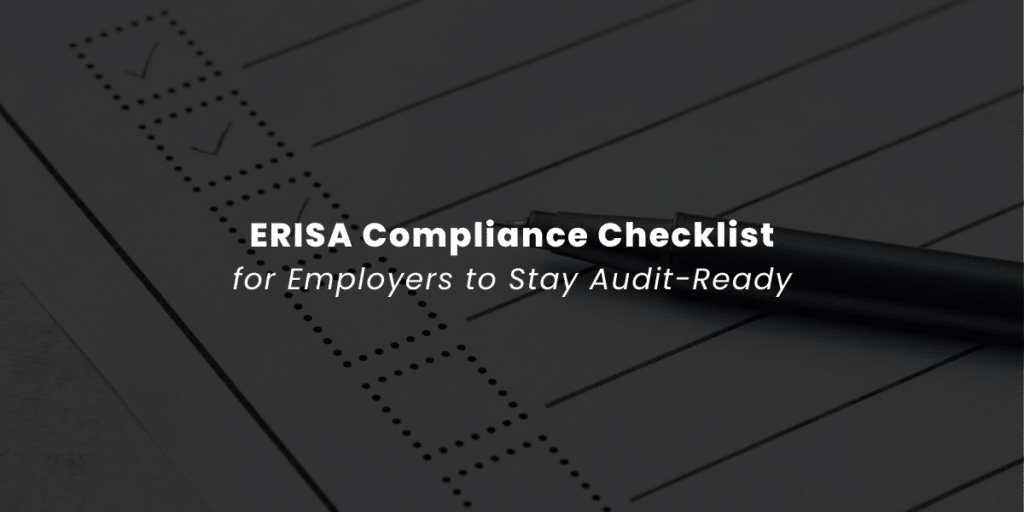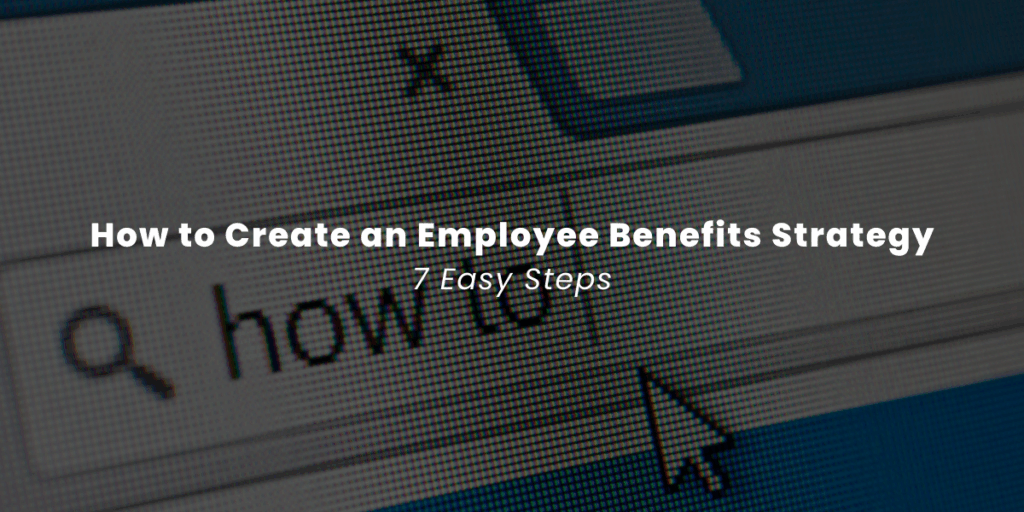I speak with prospective clients who often say that their Open Enrollment went well, but they have these nagging invoice issues. If you notice that benefit amounts are incorrect on your invoices or employee deductions don’t match the carrier invoice, an Evidence of Insurability (EOI) issue might be the cause.
What is Evidence of Insurability?
Insurance carriers may require Evidence of Insurability (EOI), sometimes called a Statement of Health, to determine an employee’s eligibility for benefits exceeding the guaranteed issue amount. For example, if the guaranteed issue life insurance limit is $250,000, and John Smith applies for $300,000, the additional $50,000 requires EOI. This applies to disability, critical illness, hospital, or cancer policies.
To prevent unintended billing errors, two crucial factors must be addressed throughout the plan year: accurate and intuitive technology for employee enrollment and a documented EOI follow-up process.
Benefits Administration Technology
Ensure your benefits administration technology aligns with EOI rules:
- Confirm if the product is a Guaranteed Issue only during the first offering or a perpetual Guaranteed Issue during every Open Enrollment.
- Verify the correct inclusion of the Guaranteed Issue amount for the spouse in the system.Coordinate deductions for pending EOI policies; recommend deducting the Guaranteed Issue amount until approval.
- Set up automatic prompts during enrollment for employees to complete EOI.
- Establish a consistent method for EOI communication in all employee access systems.
- Implement a file feed for EOI updates from the carrier to the benefits administration technology.
EOI Strategy
Develop and execute an EOI strategy to manage pending EOIs effectively:
- Identify who will notify employees about pending EOIs and what communication channels will be used.
- Obtain copies of carrier communications for reference.
- Clarify responsibilities if the carrier doesn’t engage; decide if the Broker or the Employer will lead the process.
- Define communication content, deadlines, and outcomes for completion, approval, or denial.Determine the timeframe for pending EOIs and the process if completed after the allotted time.
- Establish a monitoring system for approvals or denials, considering whether it will be done in the benefits administration portal or through reports.
- Ensure accuracy in the benefits administration portal and timely updates to payroll.
EOIs may seem straightforward, but carrier-specific processes require a clear understanding. Brokers should outline this plan during or after Open Enrollment to avoid confusion in communication strategies and timeline expectations throughout the plan year.
**Pro Tip:** When marketing your plans, inquire about carriers’ EOI processes, technology specifications, and communication methods. Obtain a schedule and samples for efficient employee communication before selecting your vendor partner.






